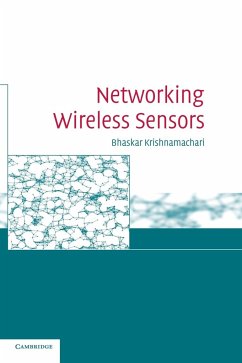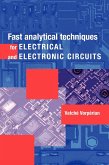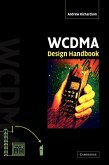Short description/annotation
A comprehensive and organized survey of the field of wireless sensor networks and their applications.
Main description
Wireless sensor networks promise an unprecedented fine-grained interface between the virtual and physical worlds. They are one of the most rapidly developing new information technologies, with applications in a wide range of fields including industrial process control, security and surveillance, environmental sensing, and structural health monitoring. This book is motivated by the urgent need to provide a comprehensive and organized survey of the field. It starts by showing how the core challenges of energy efficiency, robustness, and autonomy are addressed in these systems by networking techniques across multiple layers. The topics covered include network deployment, localization, time synchronization, wireless radio characteristics, medium access, topology control, routing, datacentric techniques, and transport protocols. Ideal for researchers and designers seeking to create new algorithms and protocols, and engineers implementing integrated solutions, it also contains many exercises and can be used by graduate students taking courses in Networks.
Table of contents:
1. Introduction; 2. Network deployment; 3. Localization; 4. Time synchronization; 5. Wireless characteristics; 6. Medium access and sleep scheduling; 7. Sleep-based topology control; 8. Energy-efficient and robust routing; 9. Data-Centric networking; 10. Transport reliability and congestion control; 11. Conclusions.
A comprehensive and organized survey of the field of wireless sensor networks and their applications.
Main description
Wireless sensor networks promise an unprecedented fine-grained interface between the virtual and physical worlds. They are one of the most rapidly developing new information technologies, with applications in a wide range of fields including industrial process control, security and surveillance, environmental sensing, and structural health monitoring. This book is motivated by the urgent need to provide a comprehensive and organized survey of the field. It starts by showing how the core challenges of energy efficiency, robustness, and autonomy are addressed in these systems by networking techniques across multiple layers. The topics covered include network deployment, localization, time synchronization, wireless radio characteristics, medium access, topology control, routing, datacentric techniques, and transport protocols. Ideal for researchers and designers seeking to create new algorithms and protocols, and engineers implementing integrated solutions, it also contains many exercises and can be used by graduate students taking courses in Networks.
Table of contents:
1. Introduction; 2. Network deployment; 3. Localization; 4. Time synchronization; 5. Wireless characteristics; 6. Medium access and sleep scheduling; 7. Sleep-based topology control; 8. Energy-efficient and robust routing; 9. Data-Centric networking; 10. Transport reliability and congestion control; 11. Conclusions.









